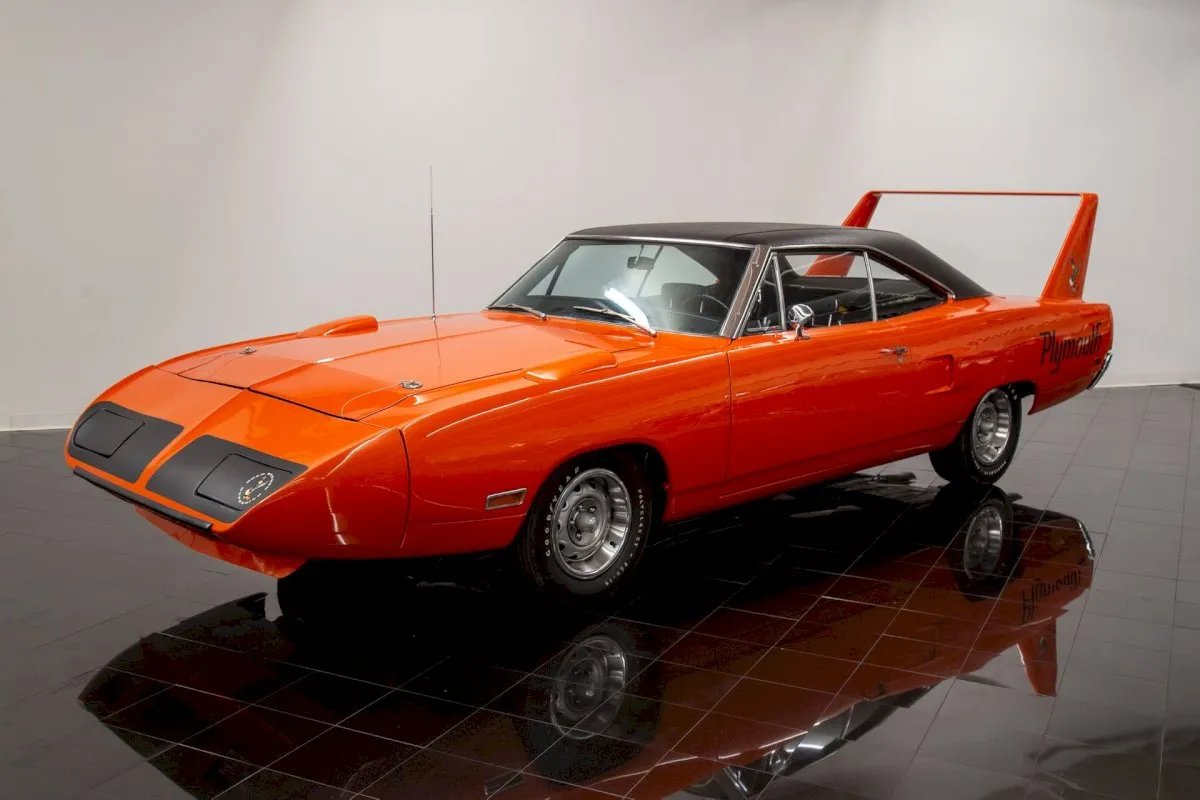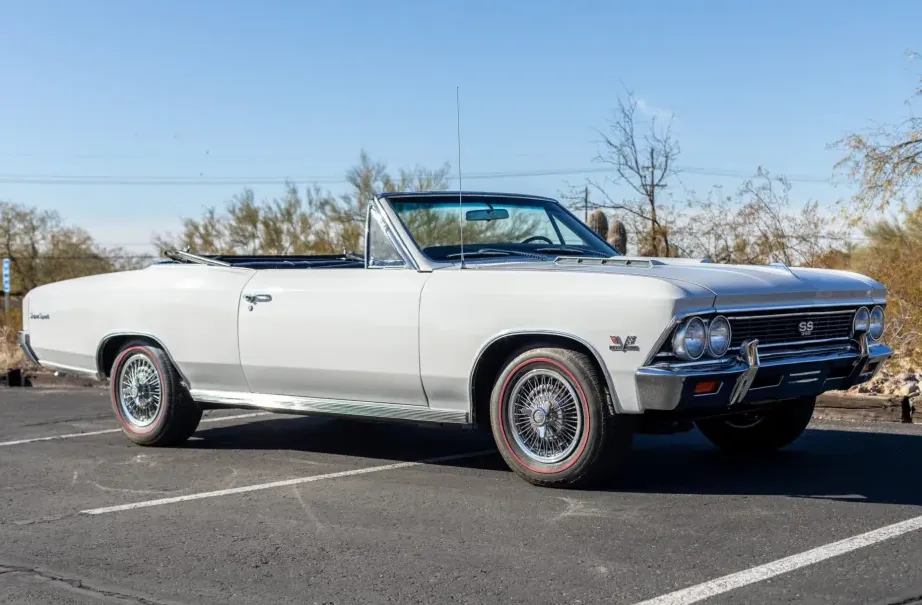The 1936 Chevrolet is a landmark vehicle in the history of General Motors, representing a significant evolution in design, engineering, and marketing. This era marked a crucial transition for Chevrolet as it sought to solidify its position in the American automotive market during the Great Depression. With a focus on affordability, reliability, and modern styling, the 1936 Chevy played a vital role in Chevrolet’s success and remains a beloved classic among vintage car enthusiasts today.
Historical Context

The mid-1930s were challenging times for the American automotive industry. The Great Depression had caused a dramatic decline in car sales, and manufacturers were struggling to attract customers. In response, Chevrolet, under the guidance of General Motors, sought to offer vehicles that provided exceptional value without compromising on style and performance. The 1936 Chevrolet lineup embodied these principles, combining affordability with a host of new features that appealed to a broad spectrum of buyers.
Design and Styling

The 1936 Chevrolet models were designed with a distinct blend of Art Deco influences and streamlined aesthetics. The most notable design shift was the adoption of a more aerodynamic body, which not only improved fuel efficiency but also gave the cars a modern and sophisticated appearance. The front end featured a new “Diamond Crown Speedline” grille, characterized by its V-shaped design and vertical chrome bars. This grille, coupled with the rounded fenders and sleek lines, gave the car a dynamic and elegant look.
The interiors were also upgraded, with a focus on comfort and style. Upholstery options included mohair and broadcloth, which added a touch of luxury to the affordable vehicles. The dashboard was redesigned for improved ergonomics, featuring a more straightforward layout of gauges and controls, making it easier for drivers to operate the vehicle.
Engineering and Performance

Under the hood, the 1936 Chevrolet came equipped with the “Blue Flame” inline-six engine. This 206.8 cubic inch (3.4 L) engine was renowned for its durability and smooth operation. It produced 79 horsepower, which was a respectable output for the era, ensuring that the car could handle both city driving and longer highway journeys with ease.
One of the significant engineering advancements in the 1936 Chevrolet was the introduction of hydraulic brakes, which replaced the earlier mechanical braking systems. This upgrade provided a substantial improvement in stopping power and safety, making the car more reliable and easier to control. Additionally, Chevrolet improved the car’s suspension system, offering a more comfortable ride over the rough and uneven roads that were common during that period.
Model Variants

The 1936 Chevrolet was available in several body styles, catering to different customer needs and preferences. These included:
1. **Standard Series:** This was the more affordable option, offering basic features and functionality. It was ideal for budget-conscious buyers who still wanted the reliability of a Chevrolet.
2. **Master Series:** Positioned as the more upscale choice, the Master Series included additional features and better materials. It was aimed at buyers looking for a higher level of comfort and style.
Within these series, Chevrolet offered a range of body types, including two-door coupes, four-door sedans, convertibles, and station wagons. This variety allowed customers to choose a model that best suited their lifestyle, whether they needed a practical family car or a stylish vehicle for personal use.
Market Impact

The introduction of the 1936 Chevrolet had a significant impact on the automotive market. Its combination of affordability, modern design, and reliable performance helped Chevrolet maintain its position as one of the leading car manufacturers in the United States. In fact, the 1936 models contributed to Chevrolet’s success in outselling Ford, its primary competitor, for several consecutive years during the 1930s.
The marketing strategy for the 1936 Chevrolet was also noteworthy. General Motors employed a comprehensive advertising campaign that highlighted the car’s advanced features and value for money. Advertisements emphasized the modern design, the improved safety features, and the superior engineering of the new models. This approach resonated with the American public, who were looking for dependable and stylish cars at a reasonable price.
Legacy and Collectibility

Today, the 1936 Chevrolet is highly regarded among classic car collectors and enthusiasts. Its historical significance, combined with its distinctive design and engineering advancements, make it a sought-after vehicle in the vintage car market. Restored models can often be seen at car shows and in private collections, where they are celebrated for their contribution to automotive history.
The process of restoring a 1936 Chevrolet can be a rewarding endeavor, as it involves bringing back to life the craftsmanship and innovation of a bygone era. Many enthusiasts take pride in sourcing original parts and adhering to authentic restoration techniques to maintain the vehicle’s historical integrity.
Conclusion

The 1936 Chevrolet stands as a testament to the ingenuity and resilience of the American automotive industry during the Great Depression. It represents a critical period in Chevrolet’s history, where the company successfully balanced affordability with innovation, setting the stage for future growth and success. The car’s blend of stylish design, reliable performance, and advanced features for its time ensured its popularity among buyers then and its enduring appeal among classic car enthusiasts now.
As we reflect on the legacy of the 1936 Chevrolet, it is clear that this model played a pivotal role in shaping the trajectory of the Chevrolet brand and the broader automotive industry. Its influence can still be seen in the values that continue to drive car manufacturers today: a commitment to quality, a focus on customer needs, and a passion for pushing the boundaries of design and engineering.


